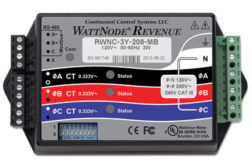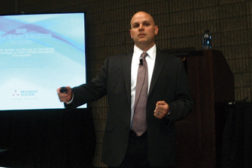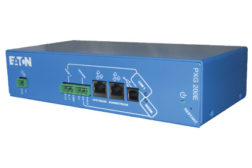Energy Management Systems
Elementary School Takes Top Prize in Energy Star Battle of the Buildings
Read More
Commercial Market Embraces Energy Efficiency
New HVAC Products are More Energy Efficient than Ever Before
Read More
Building for Life: Future of Better Building Performance
Underperforming Buildings Hold Potential for Energy Efficiency
Read More
Copyright ©2025. All Rights Reserved BNP Media.
Design, CMS, Hosting & Web Development :: ePublishing










